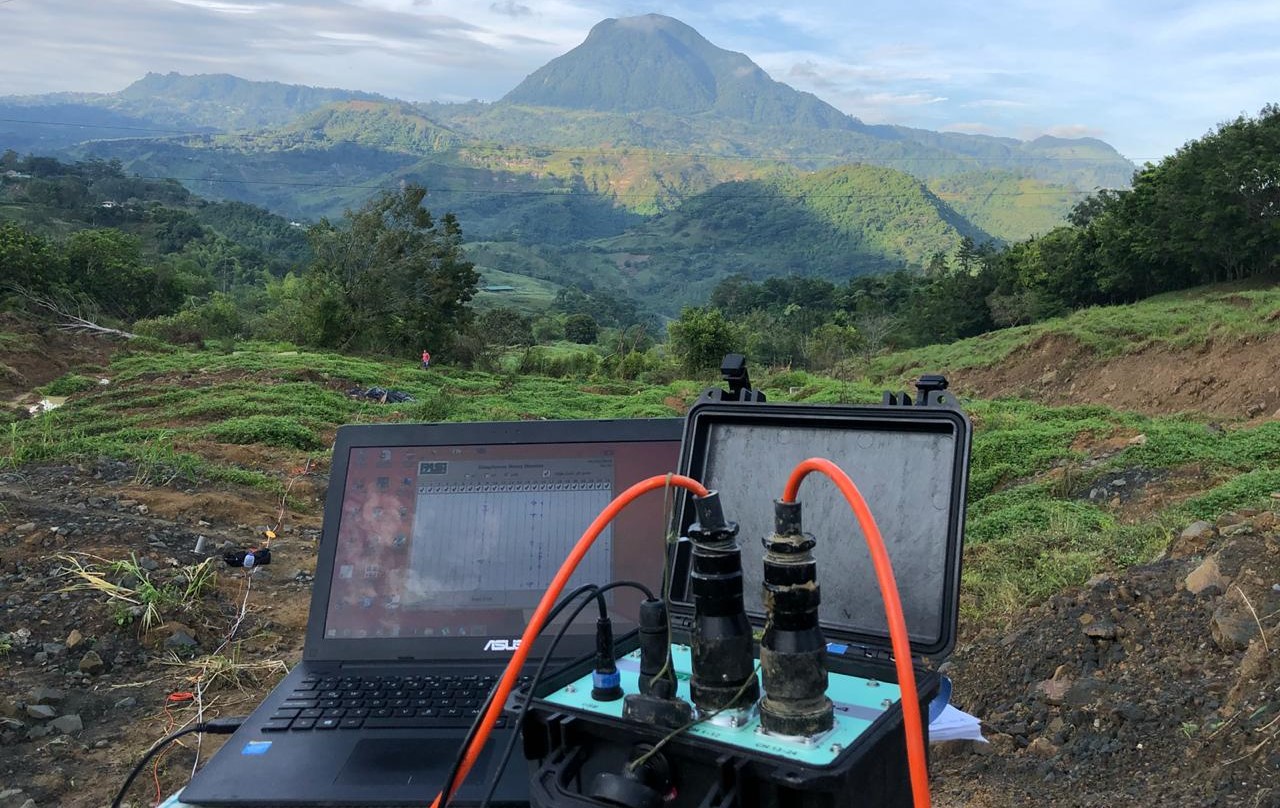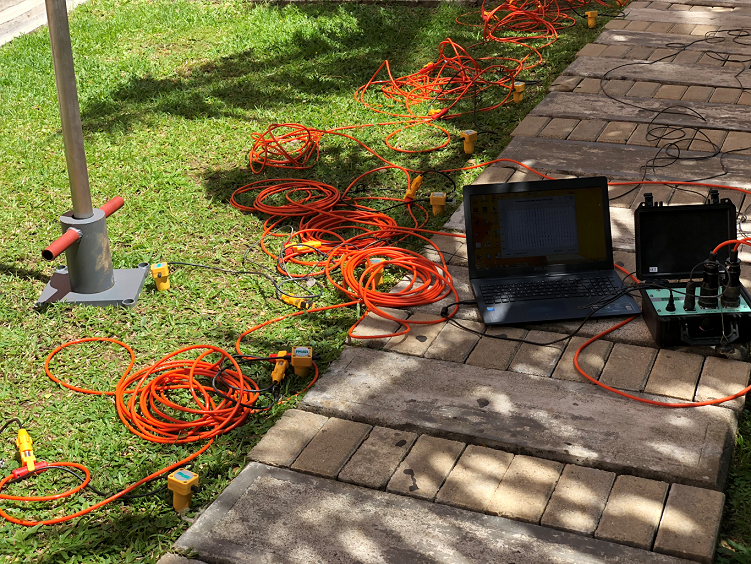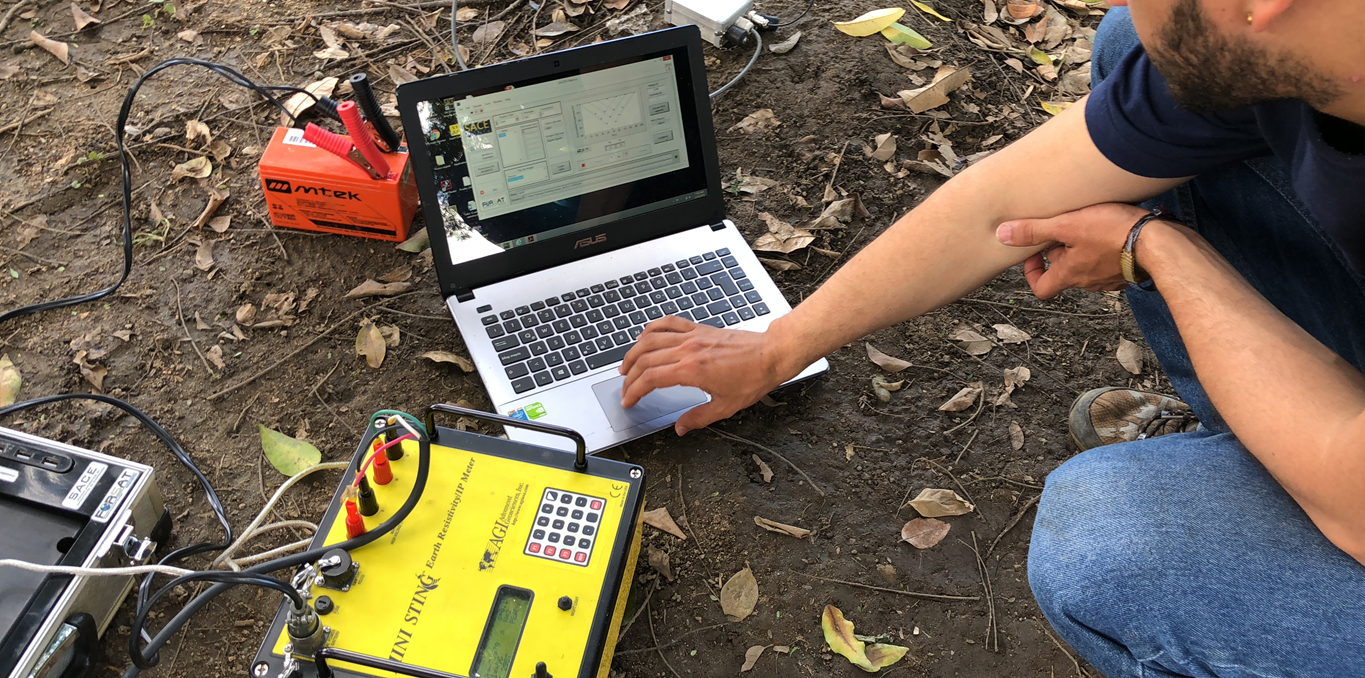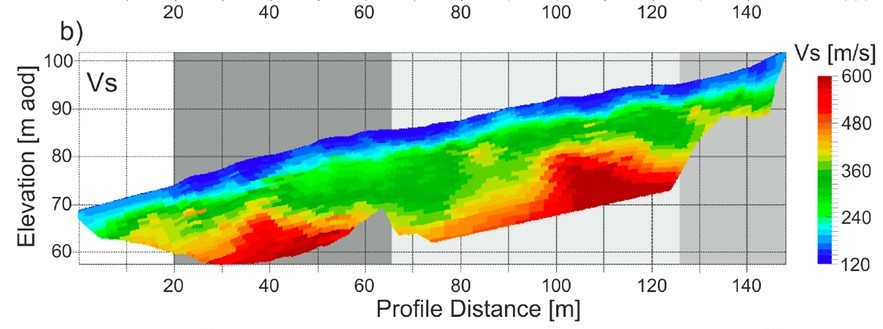WHAT IS SEISMIC?
Seismic studies focus on examining the subsurface structure using artificial seismic sources, such as explosives, along with recording systems and data processing and interpretation techniques. Seismic waves are generated and propagate into the Earth's interior, where their travel times are measured as they return to the surface after refracting or reflecting off subsurface geological boundaries. These travel times are then converted into depth and thickness measurements.


HOW DOES SEISMIC WORK?
Seismic techniques are based on studying the propagation of elastic waves generated by an artificial energy source (such as a hammer or explosive) through the subsurface. These waves are detected on the surface or in boreholes using a series of sensors (like geophones). Through these studies, an image of the terrain is created based on the elastic properties of the materials, allowing for deductions about the geometry of geological structures at depth.
WHY SEISMIC?
- Identifies Structures of Varying Density and Velocity
- Non-Destructive scanning
- Enables the Identification of Different Subsurface Layers and Calculation of Their Thickness
- Processing takes less time than other methods
- Relatively fast data acquisition

APPLICATIONS THAT MAKE THE MOST USE OF SEISMIC
DETERMINATION OF THE LOCATION, DIMENSIONS, AND SHAPE OF SUBSOIL LAYERS
ESTIMATION OF ELASTIC DEFORMATION MODULI
IDENTIFICATION OF PHYSICAL PROPERTIES OF THE SUBSOIL
DETERMINATION OF FOUNDATION DEPTHS
MAPPING SEDIMENTARY SEQUENCES FOR OIL AND GAS EXPLORATION



